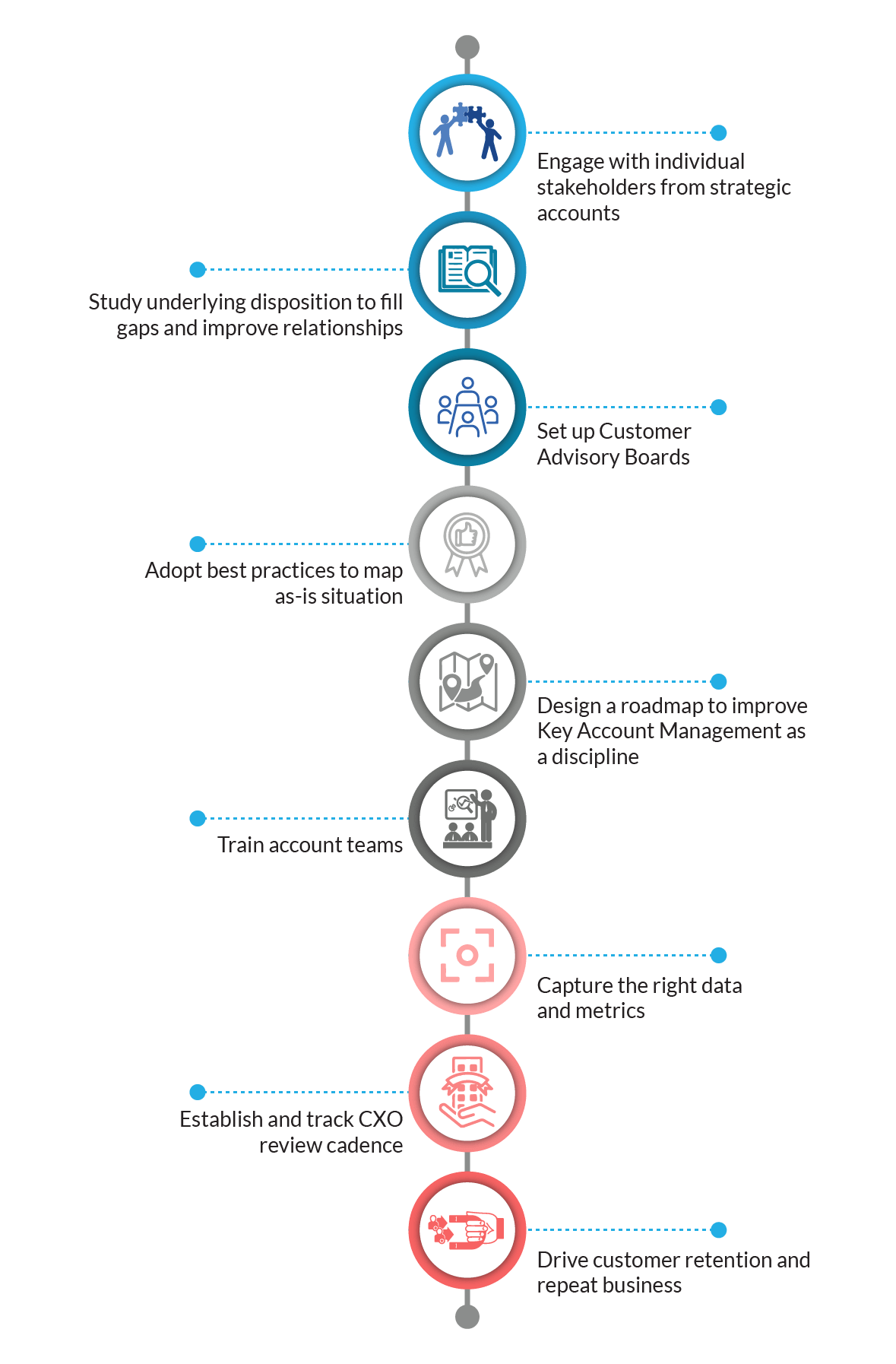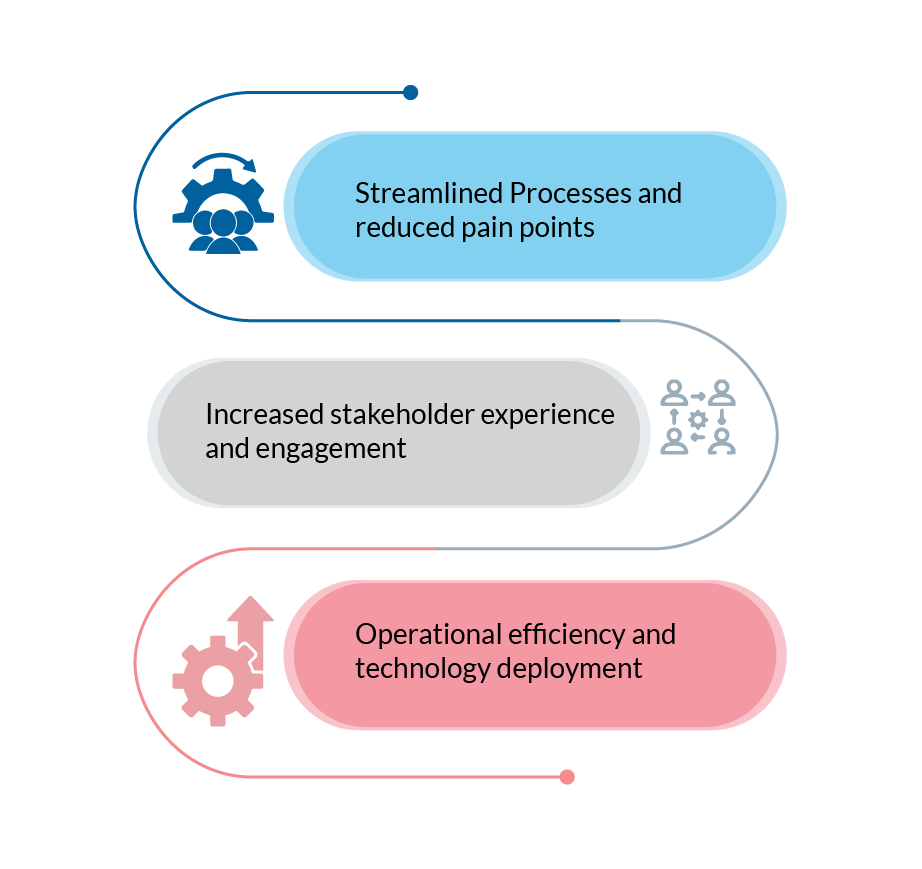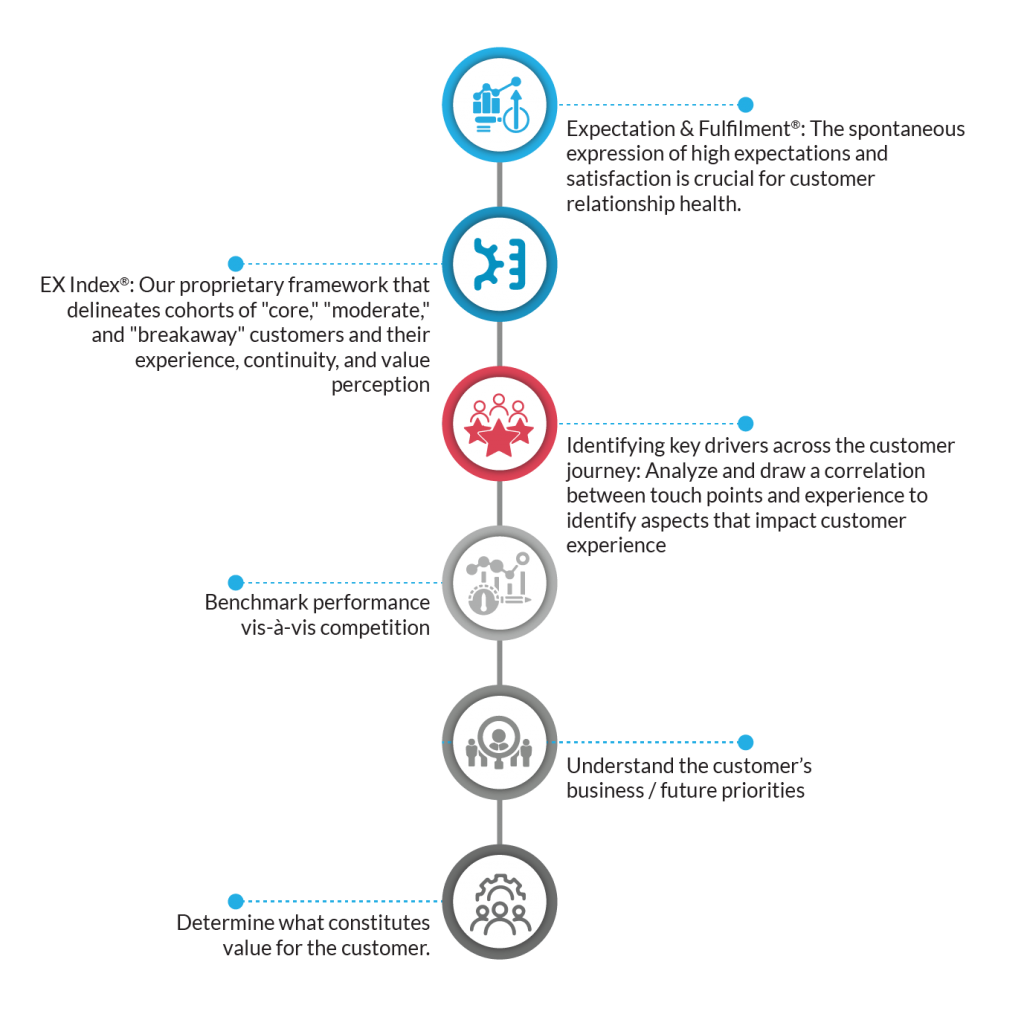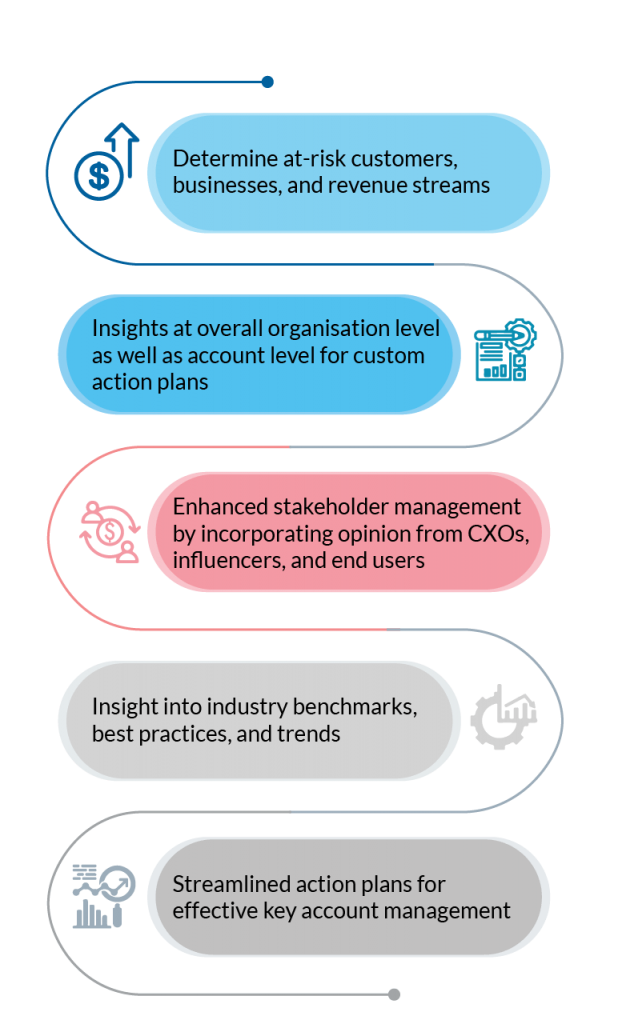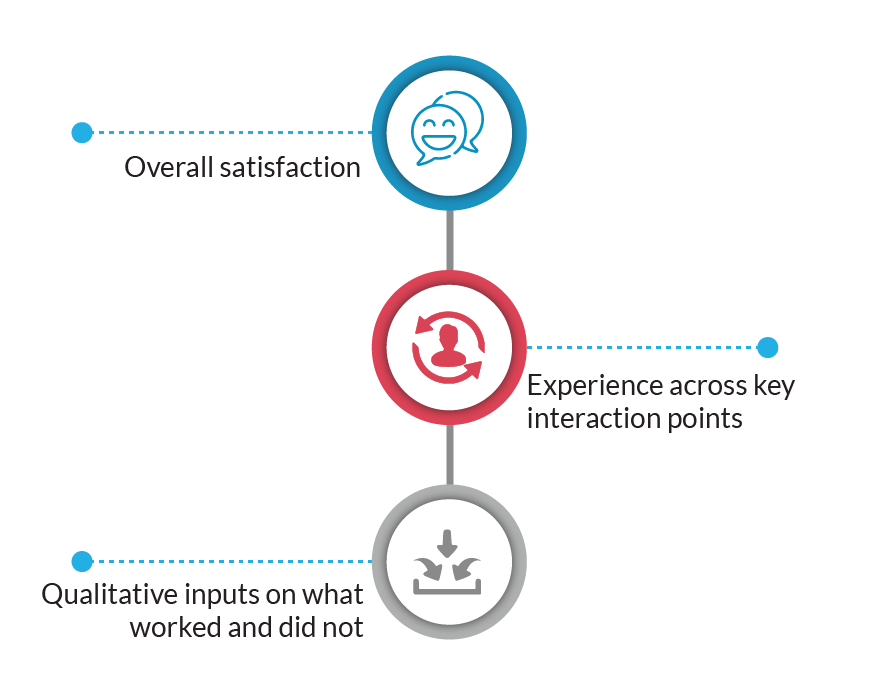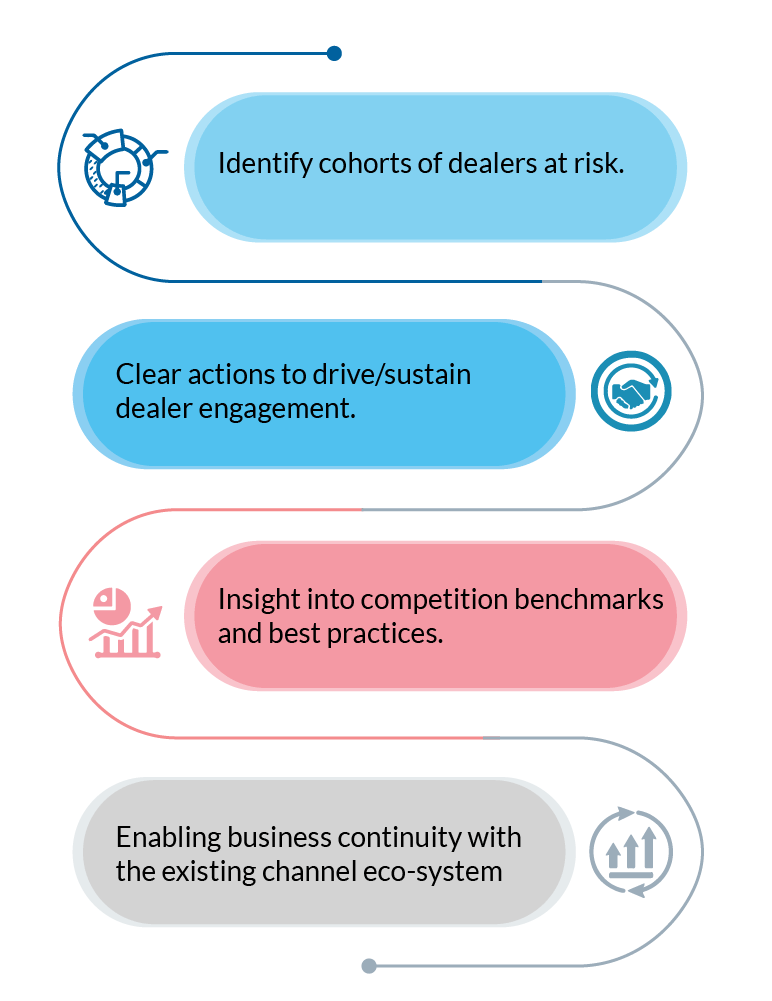As a practising Customer Satisfaction Survey professional, this is a question I often ask my clients. Who actually owns the “Customer” within your organization?
In case of other stakeholders, this question is much easier to answer. For example
- Employees are owned by HR Team (although debatable whether it is the HR or the manager)
- Processes are owned by Quality / Business Excellence Group
- Profitability / Operating Margin is owned by CFO / Finance Function
- Customer Acquisition is owned by Sales teams
- Branding is owned by the Marketing team
- So on …
Still when I ask my Clients – I hear very different answers to this question
- Customers are owned by the leaders in the firm
- Its the Customer interfacing teams
- Customers are owned by the entire organisation ( mix of responsibilities)
- Sales Team own the Customers. Period!
It is very difficult to peg the ownership of customers in firms as they typically have multiple interaction touch-points with different departments. This creates silos and effectively leads to lack of ownership.
Let’s analyse what ‘Ownership of a Customer’ actually entails
- Be a custodian of Customer’s interest within the firm
- Ensure all actions are oriented and aligned with Customer’s priorities
- Feel empowered to use discretion and make changes to process / policy to meet Customer’s needs
- Be the voice of Customer’s within the firm and play back this voice in the firm
Typically the challenges in effective customer ownership are the following:-
- The mandate of functions are not oriented towards any of the above outcomes
- There are differences in opinion on Customer priorities between the sales, manufacturing, delivery and other business enabling functions.
- There is lack of clarity on how the firm will react / should react in different Customer situations
- Different parts of the firm behaving differently leading to inconsistent customer experiences
There are firms who have created structures who are internal custodians of Customer’s interest. For e.g. Customer Centricity Offices, Customer Advocacy groups, Chief Customer Officer etc.
There are no correct answers for this and firms adapt based on native intelligence and their inherent philosophy.
However the success of these structures will be a function of empowerment and creating a DNA of aligning with Customer priorities.





























